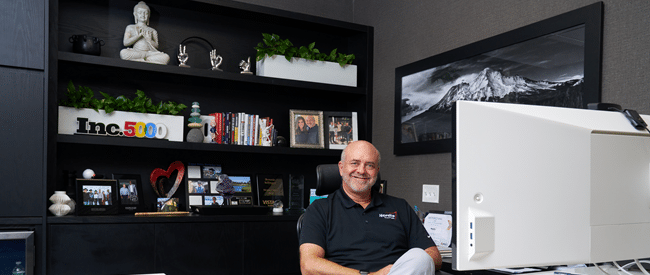Here’s a sure-fire way for healthcare revenue cycle companies to improve patient experience and financial performance: Add digital options for billing and payments.
The demand for digital is clear and growing:
- Almost 100% of healthcare executives send paper statements, yet over half of patients would prefer to receive and pay their healthcare bills electronically as they do their other bills, according 2018 research by Waystar.
- Sending medical billing statements and payment reminders via emails and texts can result in a 40% boost in patient payments, reported PYMTS.com.
- Consumers using digital wallets to receive e-statements pay four days faster on average, with online payments overall increasing 14% and call center inquiries dropping 33%, Walletron found.
Choice and convenience
While the case for offering digital communications and payments is undeniable, it is not the panacea for financially engaging all patients. That’s because consumers who shop on Amazon and buy Apple products are conditioned to having their many and varied expectations and needs catered to.
The fact is, patients want choice and convenience when interacting with any organization. And that doesn’t mean all-digital, all of the time.
- Among early adopters of technologies, 73% of consumers want to access bills and statements that are optimized for smartphone viewing but 46% of that same group choose to receive paper statements, according to 2018 research by Keypoint Intelligence.
- An overwhelming 90%, including 88% of consumers aged 18 to 24, believe they should have the right to choose how they receive communications, print or electronic, from financial organizations and service providers, according to researcher Toluna for Two Sides.
Personalization
Patients also want to be seen as individuals, not account numbers or DRGs. Four out of 5 consumers prefer to do business with organizations that personalize their experiences, marketing firm Epsilon found.
How patients are treated affects whether they pay their medical bills. More than 3 out of 4 patients paid their bills in full or in stages when they were satisfied with their billing department experience, according to Connance. But among those who had a very bad revenue cycle experience, only half paid.
Providing personalized communications and payment options gives patients more control of their financial experience and can transform engagement and satisfaction. For revenue cycle management companies and their clients, omnichannel communications and payments can transform business results.
Bryan TenBroek, Nicole Miller, and I are attending #HFMAAnnual. Drop us a line to connect there and learn more about using the ExpressoHealth platform, ExpressoPay, and ExpressoWallet to cater to patient preferences and improve financial engagement.
About the Author
Rich leads Nordis Technologies’ sales and client relations teams and is responsible for revenue growth and client retention. He’s been integral to the company’s fast growth, doubling sales since 2010, and playing a key role in developing new products including ExpressoPay, ExpressoVote and ExpressoArchive. An expert in communications management, financial engagement, production execution and cost optimization, Rich uses his experience to assist customers dramatically improve their communications and payments operations and achieve key objectives. He is a member of the Healthcare Financial Management Association.

Richard O’Rourke
Senior Vice President – Sales and Client Relations







